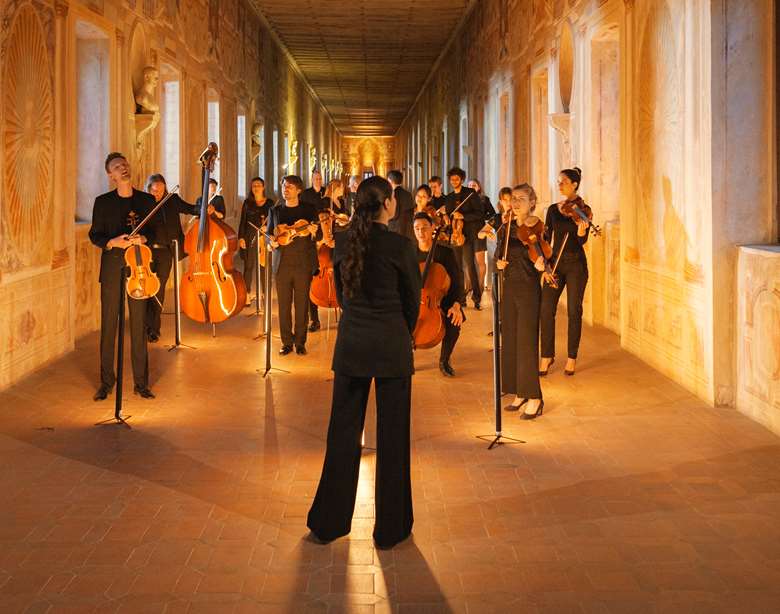Seeking the transcendental: Simone Menezes' Metanoia
Colin Clarke
Wednesday, June 8, 2022
Colin Clarke travels to Rome for the premiere of the film element of Simone Menezes and Maison Cartier’s joint project, Metanoia. Together with a complimentary album, the project brings together video, audio and photography to contemplate the transcendental concept of metanoia.


Register now to continue reading
Don’t miss out on our dedicated coverage of the classical music world. Register today to enjoy the following benefits:
- Unlimited access to news pages
- Free weekly email newsletter
- Free access to two subscriber-only articles per month